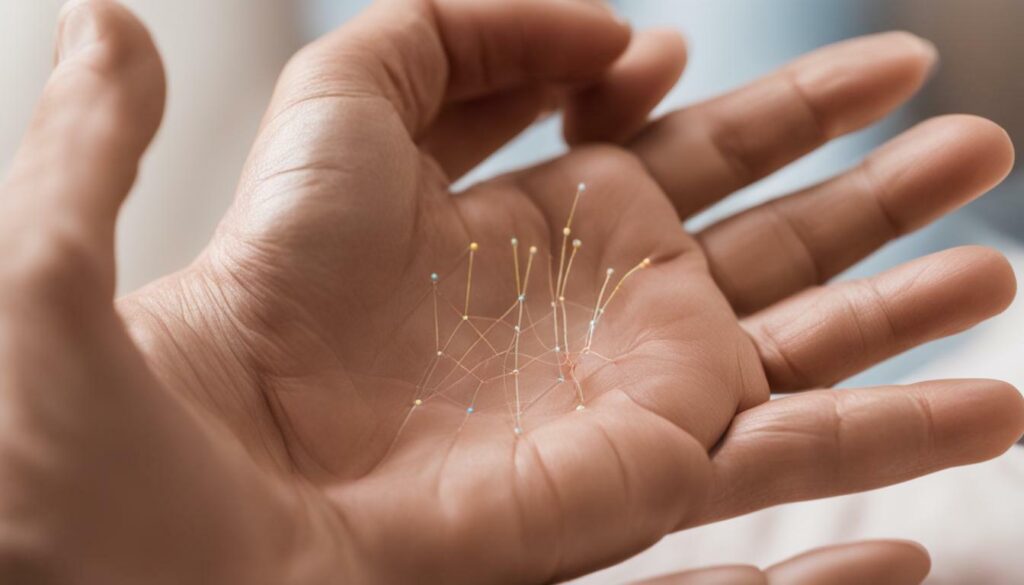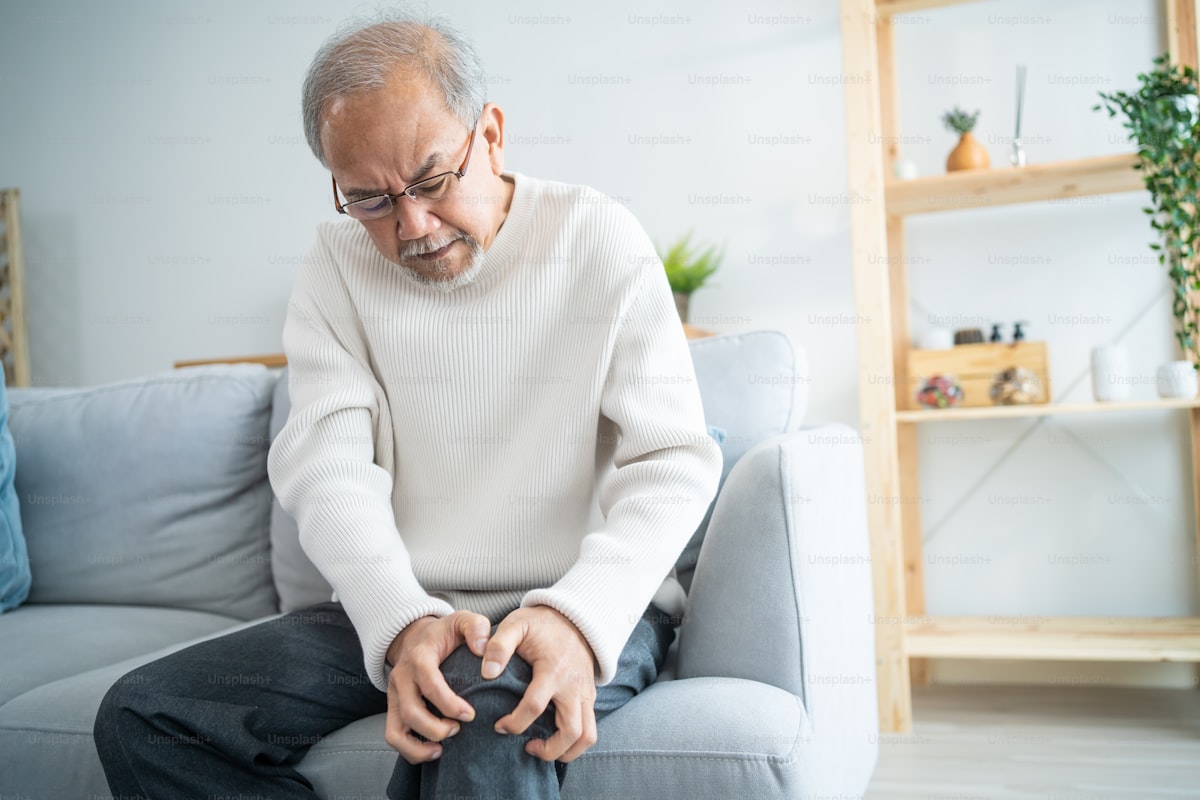Reflexology is an ancient healing art that involves applying pressure to specific areas on the feet, hands, and ears to relieve pain and reduce stress. In this comprehensive guide, we will explore the fundamentals of reflexology and provide step-by-step instructions on how to master a variety of foot and hand reflexology routines. Whether you are a beginner or an advanced reflexologist, our expert guide will help you enhance your skills and establish yourself as a reflexology practitioner.
Reflexology is based on the concept that the nerves in the feet, hands, and ears correspond to different body parts. By applying pressure to these reflex areas, you can stimulate the body’s natural healing power and promote overall well-being. Reflexology has been shown to have several primary effects, including impacting specific organs, ameliorating symptoms, creating a relaxation effect, and relieving pain throughout the body.
Key Takeaways
- Reflexology involves applying pressure to specific areas on the feet, hands, and ears to promote overall well-being.
- Understanding reflexology zones is crucial to effectively stimulating specific parts of the body.
- Certified reflexologists can teach you effective reflexology techniques.
- Practice and reference charts can help you master reflexology and provide pain relief and muscle relaxation.
To properly practice reflexology, it is important to understand reflexology zones. The body can be divided into zones, and each zone corresponds to a specific area on the feet. For example, the tip of the big toe is connected to the head, and applying pressure to this area can help relieve headaches. By learning where these reflex points are on the feet, you can effectively stimulate the corresponding limb, organ, or gland.
If you are new to reflexology, consider making an appointment with a certified reflexologist. They can teach you the finger “walking” techniques used to apply pressure to specific points on the hands, feet, and ears. It is essential to work with a certified reflexologist to ensure you are receiving accurate information and techniques.
Practice is key to mastering reflexology techniques. When applying pressure to the reflex points, it is important to find the correct spots on the feet. Reference charts and guidance from a reflexologist can help you identify the reflex spots. The pressure applied should be firm but not painful, and you can use your fingers and thumbs to gently work the area for several minutes.
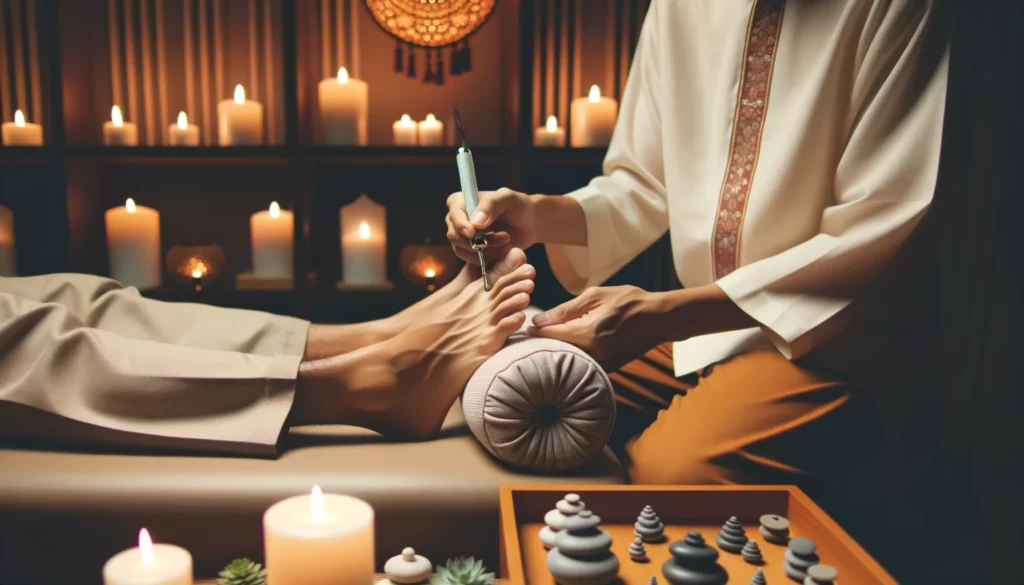
Understanding the Fundamentals of Reflexology
Reflexology is based on the idea that the nerves in the feet, hands, and ears correspond to different body parts. By applying pressure to these specific reflex points, you can stimulate the body’s natural healing power and promote overall well-being. Reflexology has been shown to have several primary effects, including impacting specific organs, ameliorating symptoms, creating a relaxation effect, and relieving pain throughout the body.
To properly practice reflexology, it is important to understand reflexology zones. The body can be divided into zones, and each zone corresponds to a specific area on the feet. For example, the tip of the big toe is connected to the head, and applying pressure to this area can help relieve headaches. By learning where these reflex points are on the feet, you can effectively stimulate the corresponding limb, organ, or gland.
It is also important to understand reflexology benefits. Reflexology can be beneficial in a variety of ways, including reducing stress and anxiety, alleviating pain, improving circulation, and promoting relaxation and better sleep. Reflexology has also been shown to improve digestion, enhance immune system function, and balance hormonal levels.
Reflexology foot maps are helpful tools for locating reflex points on the feet. These maps display the location of each reflex point, as well as its corresponding body part or organ. There are also reflexology hand maps and ear maps that can be used to locate reflex points on those areas of the body.
Reflexology is divided into zones on the feet, and each zone corresponds to a specific area of the body. The zones on the feet run vertically through the body, with the center of the foot corresponding to the spine and neck, and the toes corresponding to the head and sinuses. Different reflex points on the feet correspond to different parts of the body within each zone.
Understanding reflexology zones and reflexology foot maps is key to successfully practicing reflexology. By identifying and applying pressure to the correct reflex points, reflexology can provide numerous benefits, including pain relief, relaxation, and stress reduction.
To learn more about reflexology techniques and benefits, consult with a certified reflexologist, or utilize instructional resources such as videos and massage DVDs.
Exploring Hand Reflexology Techniques
To properly practice reflexology, it is important to understand reflexology zones. The same principle applies to hand reflexology. Each zone on the hands corresponds to a specific area of the body. Applying pressure to these reflex points can encourage the body’s natural healing power and promote overall well-being.
Hand reflexology techniques involve massaging, thumb-walking, and finger-pressing areas on the hands such as the palms, fingers, and wrists. These techniques can help relieve tension, pain, and stress.
One of the most common hand reflexology techniques is the thumb-walking technique. This involves using the thumbs to apply pressure to the reflex points on the hands. Beginning with the middle of the palm and working towards the fingertips, you can apply firm yet gentle pressure to the reflex points for several minutes.
Another technique is the finger-pressing technique, which involves using your index and middle fingers to apply pressure to the reflex points. This technique is especially effective for the reflex points located on the fingers. Gently pressing and holding the reflex points can help alleviate pain and tension.
Just like with foot reflexology, practicing hand reflexology techniques requires patience and practice. With regular sessions and proper technique, hand reflexology can become a valuable tool in enhancing overall health and well-being.
Incorporating hand reflexology techniques into your daily routine can provide immediate relaxation and pain relief. Whether you are seeking relief from tension headaches, muscle soreness, or other ailments, hand reflexology techniques can help you achieve your desired results.
Including hand reflexology in your self-care routine can be an effective way to achieve emotional, physical, and mental clarity. With regular practice and our expert guidance, you can become a master at hand reflexology techniques and promote overall health and wellness.

Mastering Foot Reflexology Techniques
Foot reflexology is a natural healing practice that involves applying pressure to specific points in the feet to relieve pain, reduce stress, and promote overall wellness. By mastering the various techniques used in foot reflexology, you can effectively stimulate the corresponding limb, organ, or gland and provide pain relief and relaxation to yourself and others. Below, we will explore some of the most common foot reflexology techniques.
| Technique | Description |
|---|---|
| Finger pressure | Apply firm but gentle pressure to specific points on the feet using your fingers and thumbs. |
| Thumb walking | Place your thumbs on the reflex point and use a walking motion to apply pressure to the point. |
When applying pressure to the reflex points, it is important to find the correct spots on the feet. Reference charts and guidance from a reflexologist can help you identify the reflex spots. The pressure applied should be firm but not painful, and you can use your fingers and thumbs to gently work the area for several minutes.
In addition to massage techniques, reflexology can also utilize other tools, such as wooden sticks and rubber balls, to apply pressure to the feet and provide additional relief. Experiment with different techniques and tools to determine what works best for you.
Remember, reflexology is a natural healing practice that anyone can learn. With dedication and practice, you can master foot reflexology techniques and provide pain relief, muscle relaxation, and reduced stress to yourself and others.
Enhancing Wellness with Reflexology
If you are new to reflexology, consider making an appointment with a certified reflexologist to learn the specific techniques for applying pressure to reflexology points on the feet and hands. Reflexology has been shown to have several primary effects, including creating a relaxation effect and relieving pain throughout the body. Applying pressure to specific reflexology points can also target the corresponding limb, organ, or gland and enhance overall wellness.
Reflexology is particularly effective in promoting relaxation and reducing stress. When the body is under stress, it releases the hormone cortisol, which can lead to a range of physical and mental health issues. By reducing stress, reflexology can promote better sleep, improve digestion, and boost the immune system.
Reflexology is also effective in reducing pain and discomfort. Reflexology massage techniques can be used to alleviate conditions such as headaches, back pain, and menstrual cramps. Applying pressure to the reflex points on the feet, hands, and ears can also help alleviate symptoms of conditions such as arthritis and diabetes.
Whether you are practicing reflexology for relaxation, pain relief, or both, it is important to find a comfortable position and apply the correct amount of pressure to the reflex points. Remember to apply firm pressure but avoid causing pain. With practice and dedication, reflexology can be a valuable tool in promoting overall health and wellness.
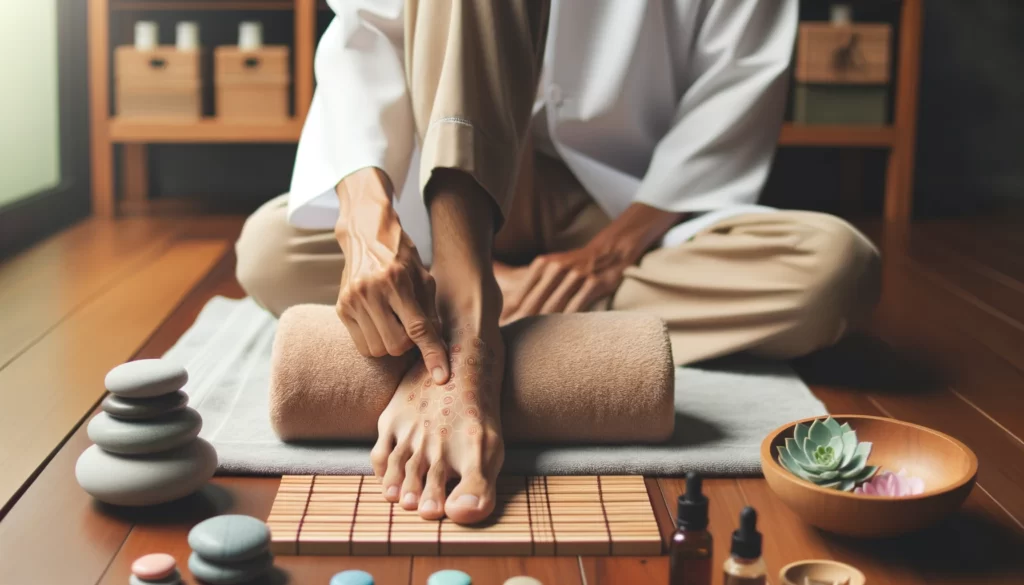
Utilizing Reflexology Points for Targeted Relief
Practice is key to mastering reflexology techniques. When applying pressure to the reflex points, it is important to find the correct spots on the feet. Reference charts, such as the reflexology foot map, and guidance from a reflexologist can help you identify the reflex spots. The foot map is divided into zones, and each zone corresponds to a specific part of the body. For example, the ball of the foot corresponds to the heart and chest, while the heel corresponds to the sciatic nerve and lower back.
By pinpointing specific reflex points, you can target relief to areas of discomfort and pain. For example, applying pressure to the tip of the middle toe can help alleviate sinus pain, while pressing on the center of the arch can help reduce lower back pain.
Incorporating massage techniques can also enhance the effectiveness of reflexology. For instance, using a circular motion with your fingers on the reflex point can help stimulate blood flow and promote relaxation. You can use massage techniques while applying pressure to the reflex points to enhance the overall benefits of the practice.
Keep in mind that while reflexology can be a helpful tool for pain relief and relaxation, it should not replace medical treatment for serious conditions. Always consult with your healthcare provider before beginning any new holistic practices.
The Importance of Certified Reflexologists
If you are new to reflexology, consider making an appointment with a certified reflexologist. They can teach you the finger “walking” techniques used to apply pressure to specific points on the hands, feet, and ears. It is important to work with a certified reflexologist to ensure you are receiving accurate information and techniques.
Reflexology is a specialized practice that requires proper training and certification. Certified reflexologists have undergone extensive training in anatomy, physiology, and reflexology techniques. They have a deep understanding of the body and can apply pressure to the correct reflex points to promote healing and wellness.
Consulting with a certified reflexologist can also ensure that you receive a treatment plan that is tailored to your specific needs. They can assess your overall health and make recommendations on how to use reflexology to address specific health concerns.
It is also important to note that working with a certified reflexologist can help you avoid injury. Applying too much pressure or targeting the wrong reflex points can cause discomfort or even harm. A certified reflexologist can guide you in a safe and effective reflexology practice.
In summary, working with a certified reflexologist is essential to mastering reflexology techniques. They can provide expert guidance, tailor treatments to your needs, help you avoid injury, and ensure that you receive accurate information and techniques. To experience the full benefits of reflexology, it is recommended that you seek the guidance of a certified reflexologist.
Practicing and Applying Pressure in Reflexology
Practice is key to mastering reflexology techniques, and it is essential to apply the correct amount of pressure to the reflex points. Applying too much pressure can cause pain, while too little pressure may not produce the intended effect.
When practicing reflexology, start by finding the reflex points on the feet, hands, and ears. Use a reflexology foot map or seek guidance from a certified reflexologist to identify these points accurately.
Apply firm pressure to the reflex point using your fingers and thumbs, and hold the pressure for several seconds before releasing. Repeat this process multiple times and switch between both feet or hands to give each side equal treatment.
It is important to work systematically when applying pressure to the reflex points. Start either at the toes and work your way up to the heel, or start at the heel and work your way down to the toes. This approach ensures that all reflex points are covered and allows for a more thorough reflexology experience.
Remember to breathe deeply and relax your body while practicing reflexology. This practice not only provides physical benefits but can also promote relaxation and stress relief.
In general, reflexology should not be painful, but you may experience some discomfort in certain areas. If an area feels tender or sensitive, reduce the pressure or avoid the area entirely.
Practicing and perfecting reflexology techniques takes time and dedication, but the benefits are well worth the effort. With persistence and proper technique, you can become a skilled reflexologist and provide relief to yourself and others.
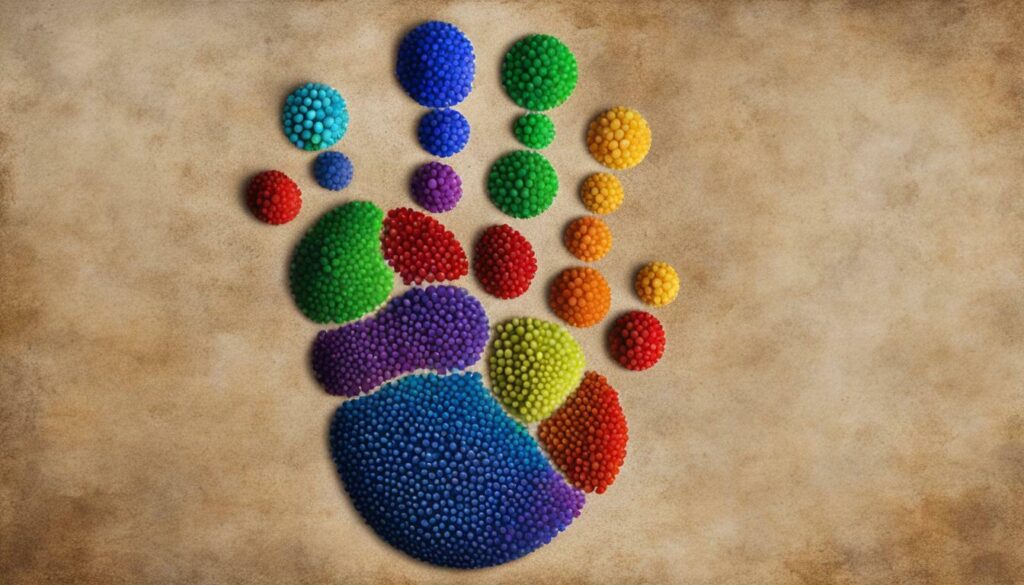
Preparing for a Reflexology Session
To prepare for a reflexology session, simply try to relax. There is no special mental preparation required to make reflexology effective. Find a comfortable position, remove your shoes and socks, and sit cross-legged on a bed or yoga mat. You may also choose to work with a partner who can apply pressure to hard-to-reach spots.
Before the session begins, be sure to communicate any specific areas of pain or discomfort that you would like the reflexologist to focus on. It is also essential to let them know about any injuries or medical conditions that may affect your reflexology treatment.
During the session, try to remain still and avoid chatting or using electronic devices. This will help you fully relax and allow the reflexologist to apply the correct amount of pressure to the reflex areas.
After the session, take some time to rest and fully receive the benefits of reflexology. Drink plenty of water to help flush out toxins, and avoid caffeine and alcohol, which can dehydrate the body.
Remember, reflexology is a powerful tool for relaxation and pain relief. By properly preparing for a reflexology session, you can enhance the effectiveness of the treatment and fully enjoy the benefits of this ancient healing art.
Additional Resources:
If you are interested in learning more about reflexology techniques and enhancing your skills, there are several resources available to you. Consider checking out instructional massage DVDs and videos for step-by-step instructions and expert demonstrations.
Resources for Reflexology Learning
In addition to our expert guide, there are several resources available to further enhance your reflexology skills. Instructional massage DVDs and videos offer step-by-step instructions, up-close footage, and expert voice narrations. These resources can help you become more knowledgeable and confident in your reflexology practice.
To gain a better understanding of reflexology zones, you can refer to a reflexology foot map. This map outlines the various zones on the feet and the corresponding organs and systems they connect to. It is an essential tool for any reflexologist and can help you effectively target specific areas of the body for pain relief and relaxation.
Several online courses are also available for those interested in mastering reflexology techniques. These courses provide in-depth instruction and hands-on practice to help you become a skilled practitioner. Additionally, attending seminars and workshops can provide valuable networking opportunities and help you stay up-to-date on the latest techniques and research in the field of reflexology.
Remember, the key to mastering reflexology techniques is practice and dedication. Utilizing instructional resources and seeking guidance from certified reflexologists can help you enhance your skills and become a proficient reflexologist. With time and practice, you can provide pain relief, muscle relaxation, and reduced stress to yourself and others through the natural healing practice of reflexology.
Master Reflexology Techniques for Better Health and Wellness
Remember, reflexology is a natural healing practice that anyone can learn. It involves applying pressure to specific areas on the feet, hands, and ears, stimulating the body’s natural healing power and promoting overall well-being. To master reflexology techniques, it is important to understand reflexology zones and practice the application of pressure to specific reflex points on the hands, feet, and ears.
Reflexology has several primary effects, including impacting specific organs, ameliorating symptoms, creating a relaxation effect, and relieving pain throughout the body. By utilizing reflexology points for targeted relief, you can alleviate discomfort in specific areas of the body.
If you are new to reflexology, consider making an appointment with a certified reflexologist. They can teach you the finger “walking” techniques used to apply pressure to specific points on the hands, feet, and ears. It is essential to work with a certified reflexologist to ensure you are receiving accurate information and techniques.
Practice is key to mastering reflexology techniques. When applying pressure to the reflex points, it is important to find the correct spots on the feet. Reference charts and guidance from a reflexologist can help you identify the reflex spots. The pressure applied should be firm but not painful, and you can use your fingers and thumbs to gently work the area for several minutes.
To prepare for a reflexology session, simply try to relax. Find a comfortable position, remove your shoes and socks, and sit cross-legged on a bed or yoga mat. You may also choose to work with a partner who can apply pressure to hard-to-reach spots.
In addition to our expert guide, there are several resources available to further enhance your reflexology skills. Instructional massage DVDs and videos offer step-by-step instructions, up-close footage, and expert voice narrations. These resources can help you become more knowledgeable and confident in your reflexology practice.
In conclusion, mastering reflexology techniques can provide pain relief, muscle relaxation, and reduced stress to yourself and others. By seeking guidance from certified reflexologists and utilizing instructional resources, you can hone your skills and promote overall health and well-being. Remember, anyone can learn reflexology, and it is a valuable tool for promoting natural healing and wellness.
FAQ
Q: What is reflexology?
A: Reflexology is an ancient healing art that involves applying pressure to specific areas on the feet, hands, and ears to relieve pain and reduce stress.
Q: How does reflexology work?
A: Reflexology is based on the idea that the nerves in the feet, hands, and ears correspond to different parts of the body. By applying pressure to these reflex areas, you can stimulate the body’s natural healing power and promote overall well-being.
Q: What are the primary effects of reflexology?
A: Reflexology has several primary effects, including impacting specific organs, ameliorating symptoms, creating a relaxation effect, and relieving pain throughout the body.
Q: How can I learn reflexology techniques?
A: If you are new to reflexology, consider making an appointment with a certified reflexologist. They can teach you the finger “walking” techniques used to apply pressure to specific points on the hands, feet, and ears.
Q: How do I find the reflex points on the feet?
A: To find the reflex points on the feet, you can reference charts and seek guidance from a reflexologist. They can help you identify the reflex spots that correspond to different parts of the body.
Q: How should I apply pressure during reflexology?
A: The pressure applied during reflexology should be firm but not painful. You can use your fingers and thumbs to gently work the reflex area for several minutes.
Q: How should I prepare for a reflexology session?
A: To prepare for a reflexology session, simply relax. Find a comfortable position, remove your shoes and socks, and sit cross-legged on a bed or yoga mat.
Q: What can reflexology be used for?
A: Reflexology can be used for pain relief and relaxation in specific areas of the body. It can target areas like the neck, chest, stomach, and limbs.
Q: Are there resources available to enhance my reflexology skills?
A: Yes, there are instructional massage DVDs and videos available that offer step-by-step instructions and expert narration to enhance your reflexology skills.
Q: Can anyone learn reflexology?
A: Yes, reflexology is a natural healing practice that anyone can learn. With dedication and practice, you can master reflexology techniques and provide pain relief, muscle relaxation, and reduced stress to yourself and others.

